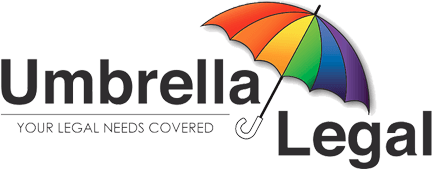All employers have a legal obligation to prevent workplace discrimination, bullying and harassment. It can often be challenging to determine what exactly is considered discrimination, bullying and harassment in the workplace. People often undermine incidents that occur due to a lack of understanding; and in many circumstances workplace culture can silence victims and diminish our experiences.
The responsibility of employers to ensure all employees are treated fairly is outlined in federal and state anti-discrimination legislation. The Fair Work Act 2009 (Cth) is the primary legislation that governs relationships between employers and employees in the Australian workplace.
Discrimination
Unlawful discrimination refers to the act of a person or group being treated less favourably as a direct result of their background or personal characteristics. The Fair Work Act 2009 (Cth) protects people from discrimination on the following grounds:
- Race (Colour, National or Ethnic Origin or Immigrant status)
- Sex, Pregnancy or Martial Status and breastfeeding
- Age
- Disability
- Sexual Orientation, Gender Identity, and Intersex Status
Similarly, The Australian Human Rights Commission Act 1986 (Cth) protects individuals being discriminated at their employment on the basis of their religion, political opinion, national extraction, nationality, social origin, medical record, criminal record, or trade union activity.
There are many examples of how and when workplace discrimination can occur between employers and employees. The Australian Human Rights Commission states that workplace discrimination can occur during the recruitment process, when specific benefits and conditions are offered in conjunction with employment, who is considered and selected for training, who is considered or selected for a promotion and who is considered for dismissal.
Bullying
Bullying does not just come in the context of the school yard but also occurs in the workplace. The Fair Work Amendment Act 2013 (Cth) states that workplace bullying is the repeated behaviour by an employer or another employee which creates a risk to health and safety. There is a variety of verbal and physical examples of bullying established by the Australian Human Rights Commission which are seen in the form of yelling, screaming or offensive language, excluding or isolating employees, psychological harassment, assigning meaningless tasks unrelated to the job, intimidation, giving employees impossible jobs, deliberately changed work rosters to inconvenience particular employees and undermining work performance by deliberately withholding information vital for effective work performance.
Bullying may be confused for actual comments, advice and negative feedback from employers or managers, so it is important to recognise the difference by speaking to an expert.
Harassment
Harassment can occur in various forms including telling insulting jokes about racial groups, sending explicit or sexually suggestive emails or text messages, displaying racially offensive or pornographic posters or screensavers, making derogatory comments or taunts about an individual’s disability, or asking instructive questions about someone’s personal life including questions regarding their sex life.
There are further protections regarding sexual harassment and discrimination, race harassment and disability harassment covered in other legislation.
If you believe that your rights are being breached, you are not alone. Taking the first step does not have to be daunting. Contact the experienced team at Umbrella Legal and we will endeavour to help you.
